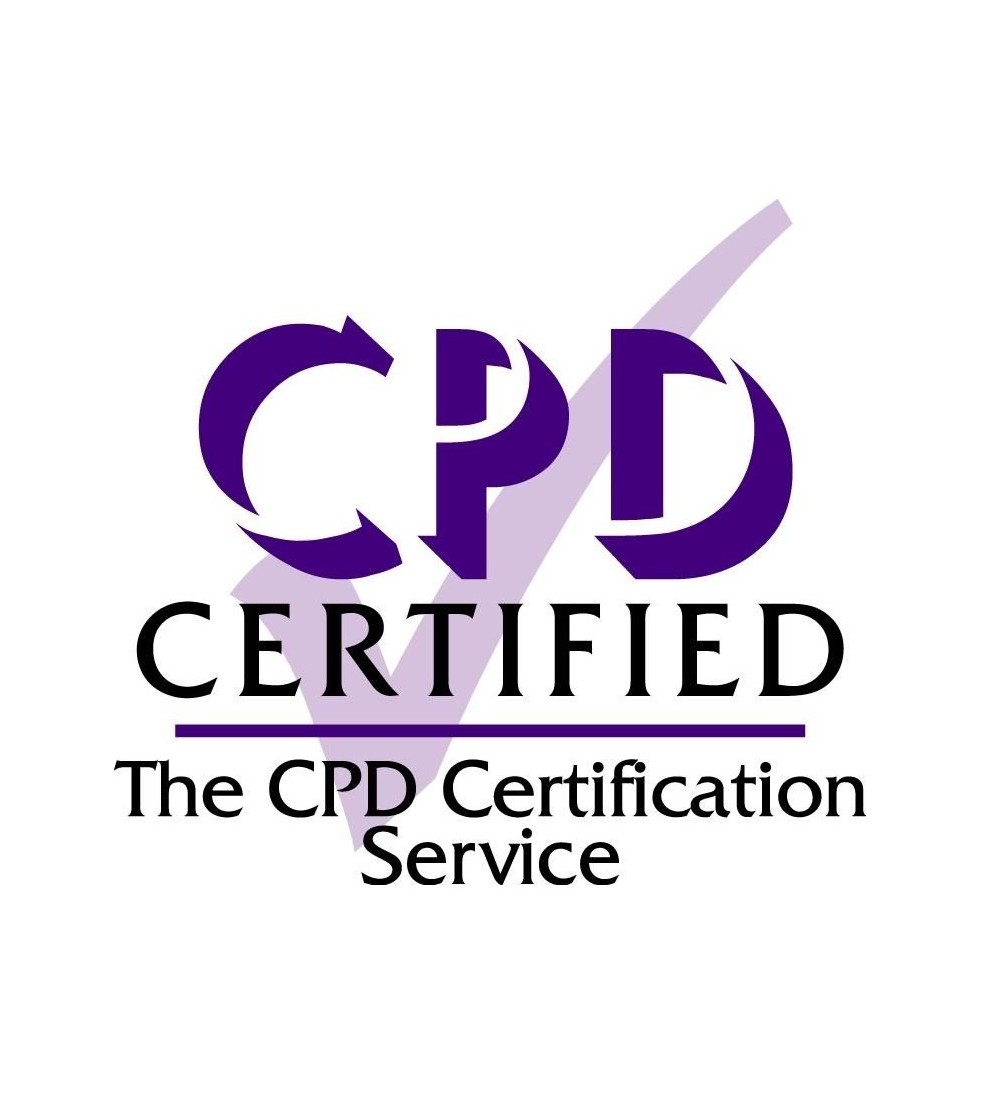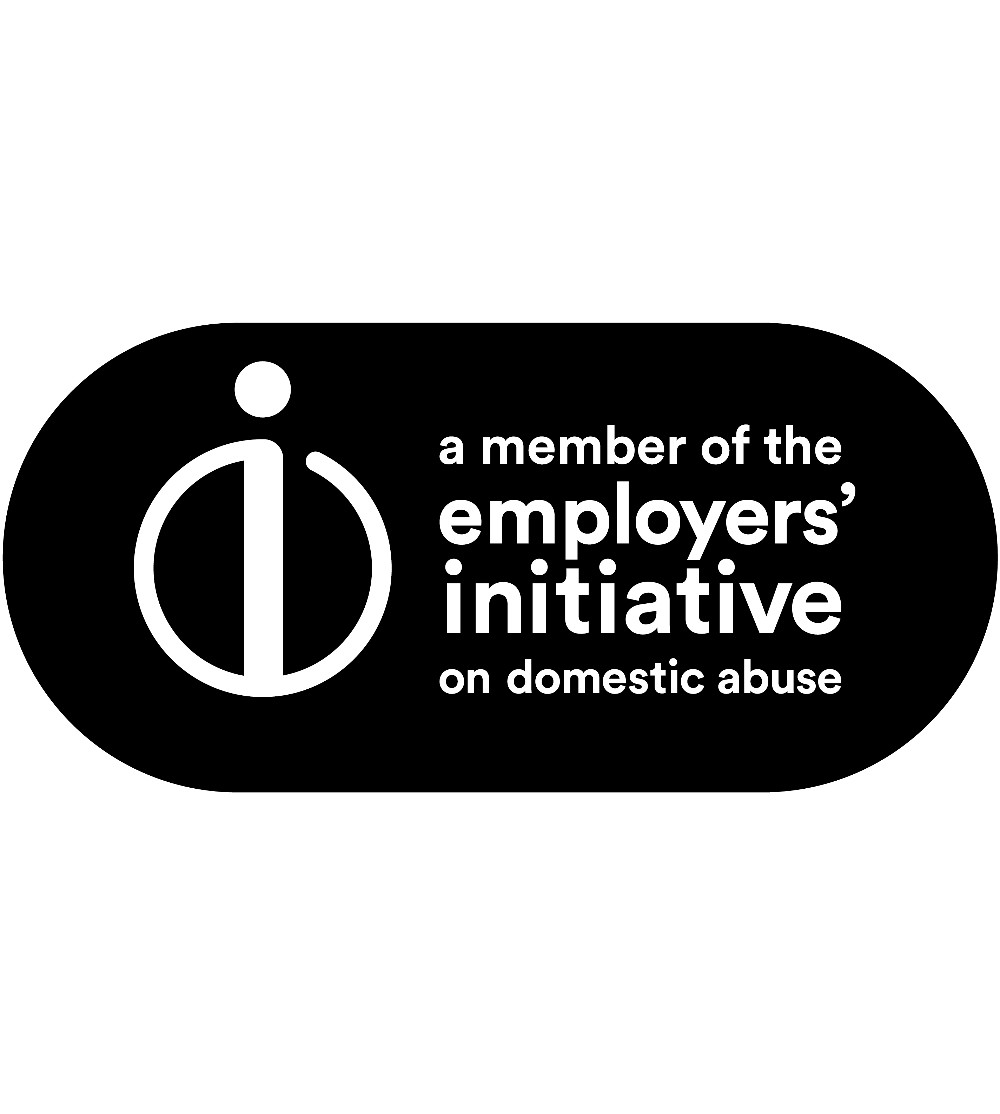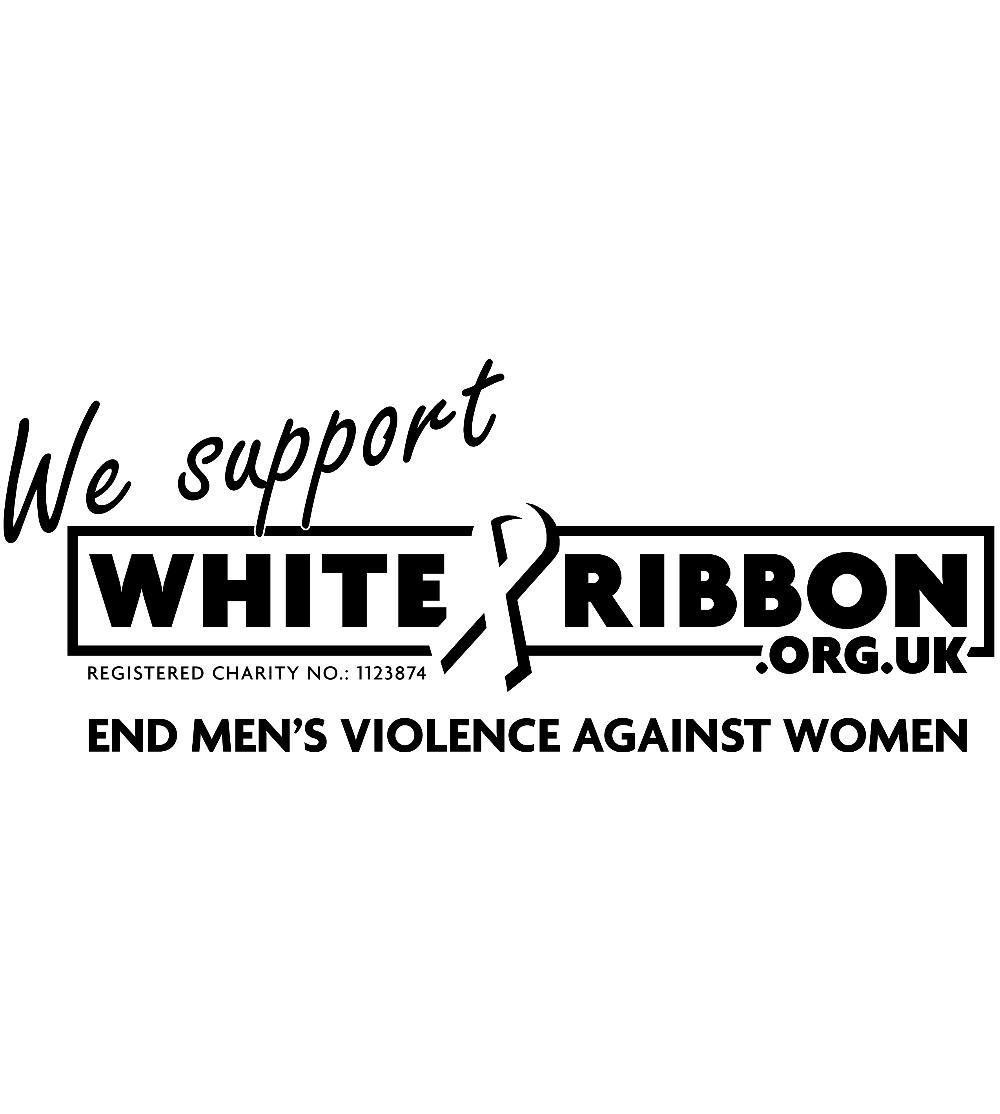⚠️ Trigger Warning: This article discusses domestic abuse and its media representation.
The facts paint a troubling picture. 37% of adults in the UK have experienced domestic abuse during their lifetime, with women suffering at nearly double the rate (46%) compared to men (27%). Media outlets aim to raise awareness through their coverage, yet most fall short in their approach.
Pictures and news stories depicting domestic abuse directly influence how the public understands this serious issue. Recent polls show 68% of UK adults believe domestic abuse has risen over the past three years. Despite this growing concern, most media channels rely on shock tactics and sensationalised images instead of tackling the complex patterns of abuse.
Our team believes we must move past these shock-value techniques. This article outlines ethical ways to visually represent domestic abuse while keeping survivor dignity at the centre of the conversation. We’ve gathered insights from respected domestic abuse specialists, including Sharon Livermore MBE, to present responsible methods for portraying this sensitive topic across media platforms and awareness campaigns.
The Problem with Shock Value in Domestic Abuse Images
Media outlets routinely show bruised faces and injured bodies when covering domestic abuse stories. But at what cost? These shock tactics, despite good intentions, often create significant problems rather than solutions.
When graphic images cause more harm than good
⚠️ Trigger Warning: Discussion of graphic domestic abuse imagery follows.
Campaigns showcasing battered faces and visible injuries frequently retraumatise survivors. Those who have lived through abuse may experience trigger flashbacks, anxiety, and renewed trauma when confronted with these images. Such depictions reduce people’s complex experiences to sensationalist visual clickbait.
Sharon Livermore MBE, domestic abuse educator and professional speaker on ethical representation, points out: “The main tactic is shock value. These campaigns focus on extreme violence with obvious evidence, yet this approach can be deeply harmful to those who’ve lived through abuse.”
How sensationalism undermines understanding of abuse patterns
News outlets typically present domestic abuse as isolated incidents rather than recognising the pattern of behaviour. Stories framed as singular “incidents” or “spikes” misrepresent domestic abuse as one-off episodes of physical violence.
This creates a distorted public perspective that fails to capture abuse’s true nature. Research clearly shows domestic abuse rarely occurs in isolation, incidents typically escalate in frequency and severity without proper intervention.
The focus on physical injuries ignores other types of abuse
Graphic domestic abuse pictures send a dangerous message that only violence with visible evidence counts as “real” abuse. The reality shows domestic abuse takes multiple forms beyond physical violence:
- Emotional or psychological abuse, including coercive control
- Financial or economic abuse
- Digital/online abuse
- Sexual abuse within relationships
Coercive control stands out as particularly damaging yet often overlooked, despite survivors reporting it as “the worst type of abuse they experience”. Studies confirm it strongly predicts severe physical violence and homicide.
Still, without visible bruises, many victims struggle for recognition. This limited focus fails to acknowledge that domestic abuse typically begins with grooming and emotional manipulation, not physical violence.
We firmly believe moving beyond shock value doesn’t mean downplaying domestic abuse severity. Rather, it means portraying the full spectrum of abuse experiences with dignity and nuance.
How Media Portrayal Shapes Public Perception
⚠️ Trigger Warning: This section discusses harmful media portrayals and victim-blaming.
The narratives surrounding domestic abuse in UK media play a crucial role in forming public opinion, too often working against survivors’ interests.
Stereotyping the ‘typical victim’ of domestic abuse
News and entertainment media create a limited stereotype of domestic abuse victims as meek, weak-willed people. This narrow portrayal subtly suggests their personality somehow caused their victimisation. Research highlights how fictional victims rarely receive direct speech, reinforcing harmful misconceptions about who experiences abuse.
Sharon explains: “By portraying victims as inherently weak, media ignores the reality that anyone, regardless of personality, is susceptible to coercive control.”
These stereotypes have real consequences. Friends, family members, and even police officers fail to recognise abuse simply because someone doesn’t match their expected “victim” image.
The dangerous narrative of ‘why didn’t they just leave?’
The most damaging question in media coverage, “why didn’t they just leave?”, places responsibility on victims rather than abusers. Such framing implies victims choose to remain in abusive situations, suggesting partial blame for their own abuse.
The facts tell a different story. Research proves that one of the most dangerous times for a victim/survivor is when they are leaving or have recently left an abusive relationship. Multiple barriers make escape difficult, some of which could be:
- Fear of escalating violence or death threats
- Concerns about children’s welfare
- Financial dependence due to economic abuse
- Immigration concerns and language barriers
- Disability-related challenges
- Lack of safe housing options
When headlines reinforce victim-blaming attitudes
Headlines regularly contain victim-blaming language. Studies confirm media reports frequently shift blame from male perpetrators to female victims. Headlines like “breakup ignited dad’s deadly rage” focus on triggers rather than the perpetrator’s choice to commit murder.
Court reporting follows similar patterns. AI analysis of UK family court judgments revealed judges using disturbing victim-blaming language, including characterising attempted strangling as a possible “prank”.
Passive phrasing such as “she was raped” (versus “he raped her”) reduces perpetrator accountability, subtly framing violence as inevitable rather than a deliberate choice.
Our team firmly believes challenging these harmful narratives creates meaningful change in society’s understanding and response to domestic abuse.
The Impact of Domestic Abuse Pictures on Survivors
⚠️ Trigger Warning: The following section discusses trauma responses and re-victimisation.
Domestic abuse images reach diverse audiences, including survivors themselves. For those who have experienced abuse, seeing these pictures goes beyond discomfort; it can fundamentally destabilise their wellbeing.
Trauma triggers and re-victimisation
Exposure to domestic abuse imagery activates powerful trauma responses in survivors. These pictures do more than remind survivors of past experiences; they transport them back to traumatic moments through flashbacks and physical reactions.
The statistics paint a clear picture: almost two-thirds of domestic abuse survivors experience PTSD symptoms. Women victims suffer particularly high rates, with 51% to 75% experiencing PTSD (compared to just 10.4% in the general female population). Male survivors aren’t immune either, research indicates approximately 20% of men who experienced physical intimate partner violence report moderate-to-severe PTSD symptoms.
Sharon, an expert on trauma-informed approaches, explains: “The images don’t just remind survivors of what happened. They essentially reactivate trauma responses through sensory memory, which bypasses logical thinking.”
Survivors commonly experience:
- Elevated heartbeat and difficulty breathing
- Intrusive thoughts and flashbacks
- Feelings of hopelessness
- Overwhelming emotions that are difficult to self-soothe
How survivors see themselves reflected in media coverage
Domestic abuse pictures profoundly shape how survivors view themselves within society. Many feel silenced when their experiences are visually documented and circulated without their control.
Digital evidence creates what experts call ‘data doubles’, frozen moments of victimisation repeatedly played throughout investigations and court proceedings. One survivor expressed this concern directly: “What she was really worried about was the video was still going to be out there”.
Fear of consequences stops many survivors from engaging with support services or advocacy. They worry such involvement might trigger feelings of sadness or anxiety, potentially “opening old wounds” and disrupting their recovery journey.
Survivors from underrepresented groups face additional challenges when media fails to accurately reflect their experiences. This particularly affects male victims, as one survey respondent noted: “by virtue of being a heterosexual and white man, they are not taken seriously as a survivor of abuse”.
Ethical Considerations When Showing Domestic Abuse
Ethical representation of domestic abuse demands thoughtful consideration beyond simply what appears in campaigns. ⚠️ Trigger Warning: The following section discusses ethical issues in domestic abuse representation.
Consent and dignity in domestic abuse campaign pictures
Proper consent stands as a non-negotiable requirement when using survivor images. Many campaigns unfortunately sideline this crucial principle, prioritising awareness over dignity.
Sharon explains: “Consent must be informed, specific, and survivors should retain the right to withdraw it at any time.”
Domestic abuse leaflets should never be put through letterboxes as this potentially endangers victims if perpetrators discover them. When featuring survivor stories, organisations must ensure individuals can:
- Set their own boundaries
- Remain anonymous if desired
- Participate in every step of the process
Contacting family members before publishing historic domestic homicide images proves essential to prevent retraumatising loved ones.
The fine line between awareness and exploitation
Ethical presentation of domestic abuse requires balancing public interest with survivor dignity. Police data shows domestic abuse incidents have increased by 180% since 2014, highlighting the genuine need for awareness campaigns.
Yet a heavy focus on physical injuries distorts understanding of abuse patterns and risks exploiting trauma merely for shock value. The recent classification of intimate image-based abuse as a priority offence in the Online Safety Act acknowledges its serious harm.
Creators of domestic abuse awareness materials face the challenge of effectively communicating severity without sensationalising violence. This explains why many organisations now develop campaigns centred on consent education rather than graphic imagery.
UK media guidelines and their effectiveness
Several respected UK organisations have established media guidelines for domestic abuse reporting. Women’s Aid has collaborated with journalists since 2020 to create guidance promoting sensitive and accurate coverage.
These guidelines advise:
First, using “domestic abuse” instead of “domestic violence” to acknowledge non-physical forms of abuse.
Second, avoiding terms like “domestic dispute” which incorrectly frame abuse as a private family matter rather than a criminal act.
Third, including support information in all domestic abuse articles.
The Independent Press Standards Organisation (IPSO) requires journalists to handle cases involving personal grief sensitively. They must respect privacy and stop contacting individuals who have requested no further communication.
Despite these guidelines, significant improvements remain necessary. Charging rates for image-based abuse remain “pitifully low”, largely due to inadequate police training on handling evidence in these cases.
Conclusion
⚠️ Trigger Warning: This conclusion references domestic abuse themes.
Media portrayal of domestic abuse requires urgent reform. Shock-value imagery might capture attention, but it harms survivors and strengthens dangerous misconceptions about abuse patterns. Responsible coverage must acknowledge the complete spectrum of abuse – from coercive control to economic manipulation – rather than relying on sensationalised images of physical injuries.
Our work shows that understanding these nuances creates more effective support systems for survivors. Sharon Livermore MBE, expert on ethical representation and trauma-informed approaches, puts it clearly: “moving beyond shock tactics allows us to address domestic abuse more effectively.”
Reshaping domestic abuse portrayal goes beyond simply avoiding graphic images. True change respects survivor dignity and tells complete stories. This approach demands careful attention to consent practices, trauma responses, and the real barriers survivors encounter when seeking help.
Media outlets and campaign creators must place ethical representation above sensationalism. Thoughtful, survivor-centred coverage builds public understanding while supporting those affected by abuse.
Remember, if you or someone you know needs support, confidential help is available 24/7 through the National Domestic Abuse Helpline at 0808 2000 247.
If you would like to book Sharon Livermore MBE as an expert voice on Domestic Abuse, visit this page.








